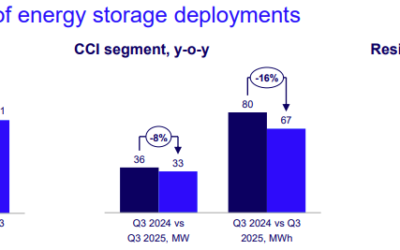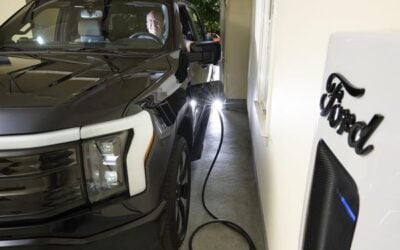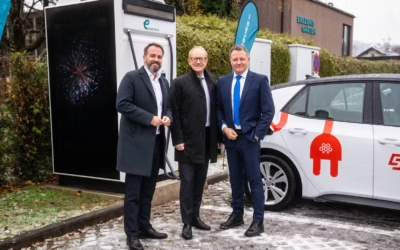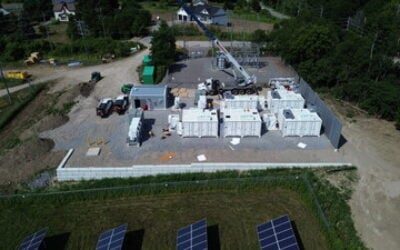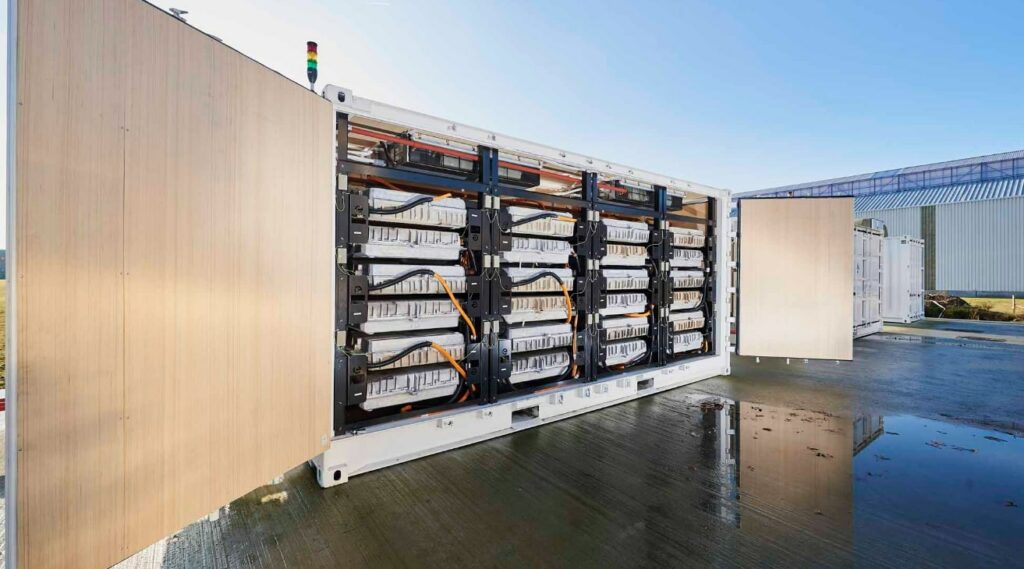
Could we start seeing ‘third life’ or even ‘fourth life’ energy storage, with EV batteries deployed in multiple different systems in their lifetime?
McKinsey expects some 227GWh of used EV batteries to become available by 2030, a figure which would exceed the anticipated demand for lithium-ion battery energy storage systems (BESS) that year. There is huge potential to repurpose these into BESS units and a handful of companies in Europe and the US are active in designing and deploying such ‘second life’ systems.
Companies in the space are already saying that thanks to the variety of uses cases of a BESS it is possible to start planning for ‘third life’ systems, as Ralph Groen chief commercial officer of Norway-based Evyon, one such company which raised €8 million (US$8.21 million) in a Pre-Series A last week, explained.
“You can use it at its full state of health for e-mobility. Once it’s degraded you could use it for stationary energy storage and squeeze more cycles out of it. Then when it’s, say, below 70% capacity, you could use it for example for backup power generation/supply,” he said.
Try Premium for just $1
- Full premium access for the first month at only $1
- Converts to an annual rate after 30 days unless cancelled
- Cancel anytime during the trial period
Premium Benefits
- Expert industry analysis and interviews
- Digital access to PV Tech Power journal
- Exclusive event discounts
Or get the full Premium subscription right away
Or continue reading this article for free
Edward Chiang, CEO of Canada-based Moment Energy, agrees that some current uses of second life systems could be better served by third life ones: “We’ve had big customers ask us to deploy our systems for backup power but we think that’s not the best use of the batteries since there’s so much life left in them and they’re just going to sit there and discharge maybe once a year. Third life batteries could make the most sense for that application.”
This is partially helped by batteries not degrading as fast from use in EVs as previously thought, according to BatteryLoop, which is headquartered in Sweden and part of large recycling firm Stena. Second life applications also tend to age the battery less than being in an EV.
CEO Rasmus Bergström said: “People are coming to the realisation that the NMC batteries in the vehicles are performing better than expected. All the reports, be it Tesla or others, are showing that they have 90% capacity left when the battery is still 10 years old.”
“Right now the general belief is that a second life BESS has a 10-year lifetime but this could open that up. An ESS is tantamount to a spa treatment for the battery compared to being in a bus or in a consumer vehicle.”

